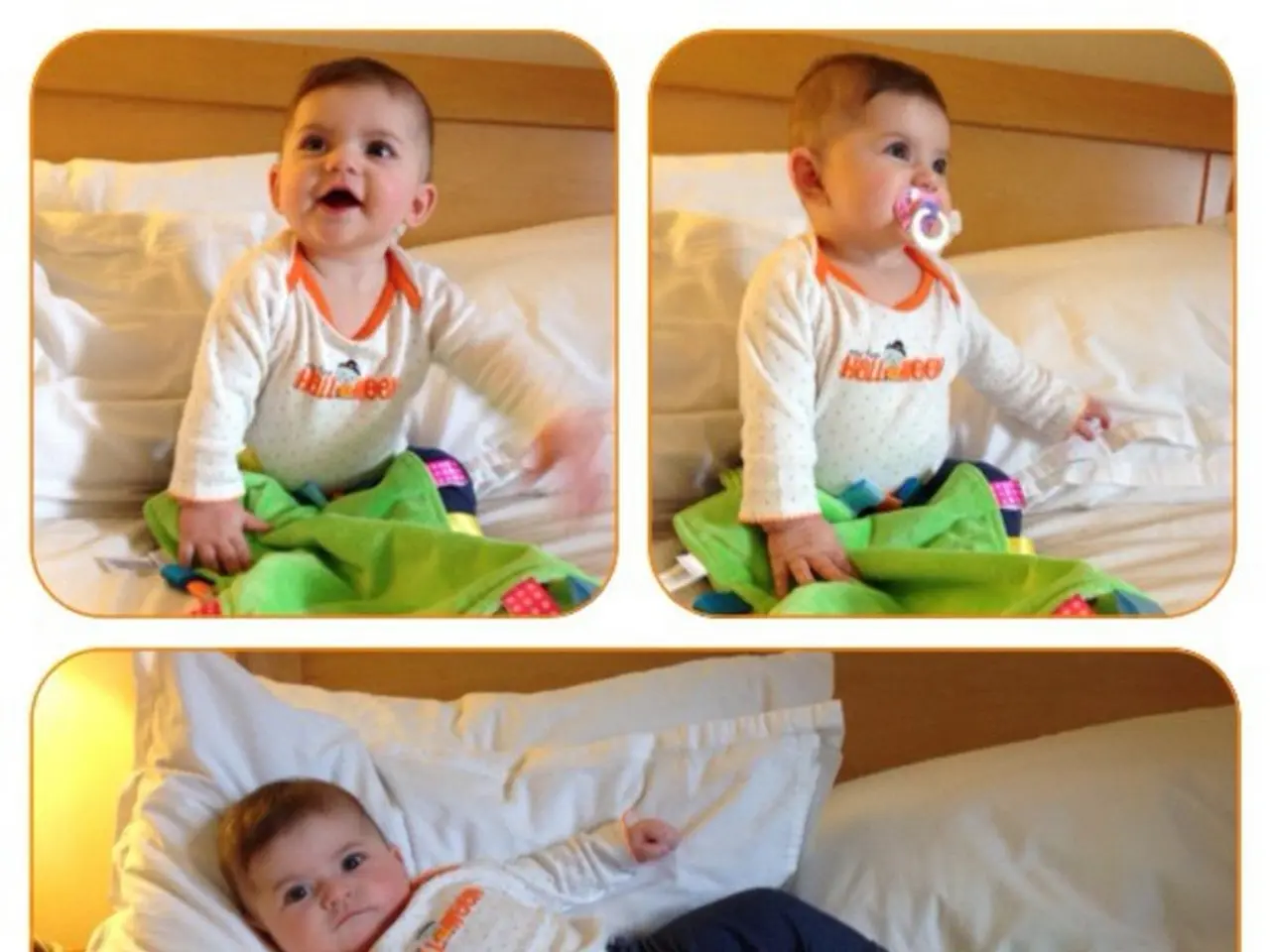Protecting Children from Sun Exposure Harm
As the sunny season approaches, it's crucial to ensure children's delicate skin is adequately protected from harmful UV rays. Here's a guide to choosing the right sunscreen, application methods, and alternatives, especially for infants under 6 months.
**Choosing the Right Sunscreen for Children**
When selecting sunscreen for children, opt for broad-spectrum products that offer protection against both UVA and UVB rays. Aim for an SPF of 30 or higher, with many experts recommending SPF 50+ for children due to their more sensitive skin.
Mineral-based sunscreens containing zinc oxide or titanium dioxide are preferable as they are less likely to irritate sensitive skin and are recommended by pediatricians over chemical blockers like oxybenzone. For added protection, consider water-resistant formulas if children will be swimming or sweating.
**Application and Frequency**
Apply sunscreen generously and cover all exposed areas, including often-missed spots like behind knees, shoulders, noses, and ears. Apply sunscreen 30 minutes before sun exposure to allow it to bind properly. Reapply every two hours and more frequently if swimming or sweating.
For sprays, spray onto hands first before applying to the child's skin to avoid inhalation risks. Test sunscreen on a small skin area first to check for irritation before full application.
**Alternatives for Infants Under 6 Months**
The American Academy of Pediatrics advises against using sunscreen on infants under 6 months due to their very sensitive skin. Instead, use physical barriers such as keeping babies in the shade, dressing them in lightweight, loose-fitting, breathable clothing (like cotton or bamboo), and using hats and sun-protective (UPF) clothing. Limit direct sun exposure during peak UV hours for infants.
**Additional Tips**
- Dress infants in a sun hat, lightweight long pants, and long-sleeved shirts for protection. - Babies have less mature skin and are at a higher risk of sun damage. Keep them out of direct sunlight. - UV rays, not the temperature, cause the skin damage. You can get sunburn even on cloudy days. - If a baby becomes sunburned, get out of the sun immediately and apply cold compresses to affected areas. - Always pack sunscreen for children participating in outdoor activities. - Look for sunscreen with an SPF between 15-50 and the label should say "broad-spectrum". - Avoid retinyl palmitate products as they can speed the development of skin cancer. - Baby and adult sunscreen products are essentially the same. - Avoid tanning lotions that are not safety tested or protective from the sun. - High SPF sunscreens may provide false security as they mainly protect against UVB rays, not UVA rays. - Dermatology services are available for both adult and pediatric patients. Pediatric dermatology seeks to make children as comfortable as possible during their visit.
In the realm of health-and-wellness and skin-care, it's essential to consider sunscreen with broad-spectrum protection for children, safeguarding their delicate skin from both UVA and UVB rays. Opt for sunscreens with an SPF of at least 30, or even 50+ for added protection, and mineral-based formulas containing zinc oxide or titanium dioxide are preferable for their less irritating nature.
Moreover, during peak UV hours, it's advisable to explore alternatives like physical barriers such as shade, lightweight, breathable clothing, hats, and sun-protective clothing, particularly for infants under 6 months, as sunscreen isn't recommended for them due to their sensitive skin.




